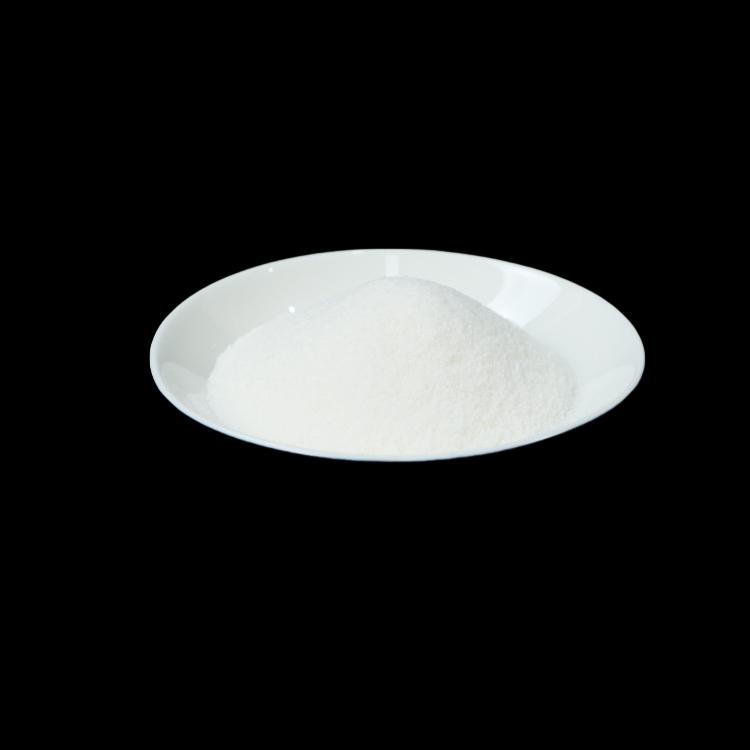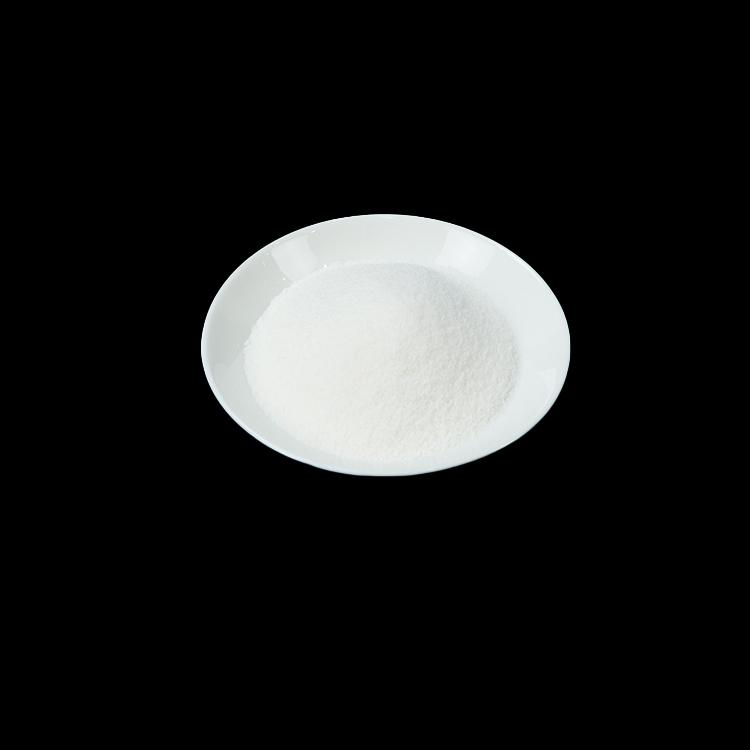Author:Baby & Adult Diaper Materials FROM:Diaper Materials Manufacturer TIME:2023-05-24
According to market research, consumers believe that the absorption performance, thickness, air permeability, and comfort of the mesh surface of the existing absorbent materials in sanitary napkins need to be improved. Super absorbent fiber (SAF) is a special functional fiber developed after super absorbent resin (SAP). Both have high water absorption, but SAF is fibrous, so it has many advantages: (1) large surface area, so the absorption rate is faster; (2) SAF fibers can form an entanglement structure to make it difficult to migrate; ( 3) Fabrics containing SAF are very soft even if the content is high; (4) SAF can be made into non-woven fabrics using traditional equipment, and can also be blended with other fibers into yarn; (5) SAF still retains water to a certain extent after absorbing water Its fiber structure, thus has a higher strength. This article briefly compares the appearance and mechanical properties of absorbent material in sanitary pads.

Observe the structural changes of the hygienic superabsorbent nonwovens containing SAP and SAF before and after water absorption. The structure of the SAP-containing superabsorbent nonwovens for hygiene is loose. After absorbing water, the material disperses and the structure is completely destroyed. However, the sanitary superabsorbent nonwoven material containing SAF has a smooth and uniform surface, and can basically maintain its original shape after absorbing water. This is because SAP is in the form of powder and granules, and it is first sprinkled on viscose and ES fiber nets, and then consolidated by needle punching. Therefore, the thickness of the hygienic superabsorbent nonwoven material is large, which is 1.5-2 times that of the sanitary superabsorbent nonwoven material containing SAF with the same water absorption ratio. And there is no cohesion between the SAP and the fiber, and the strength of the obtained hygienic superabsorbent nonwoven material is low, so the strength test cannot be carried out.

Therefore, SAP swells rapidly after absorbing water, and the nonwovens fall apart. The difference is that SAF can be mixed with other fibers to form a web, and the fibers are entangled with each other, which is not easy to migrate. The resulting hygienic superabsorbent nonwoven material has a certain strength and still maintains a good shape after absorbing water. In addition, by adjusting the ratio of various fibers in the SAF-containing superabsorbent nonwovens for hygiene, samples with different tensile properties can be obtained to meet different application requirements.


 Email: info@whldiapernonwoven.com
Email: info@whldiapernonwoven.com
 MP/WhatsApp: +86-13599937366
MP/WhatsApp: +86-13599937366
 Manufacturer Address:Room 1105B, Bld M1, Manhattan, Yulongwan, Shimao, Shuanglong Road, Meiling Street, Jinjiang, Fujian, China
Manufacturer Address:Room 1105B, Bld M1, Manhattan, Yulongwan, Shimao, Shuanglong Road, Meiling Street, Jinjiang, Fujian, China